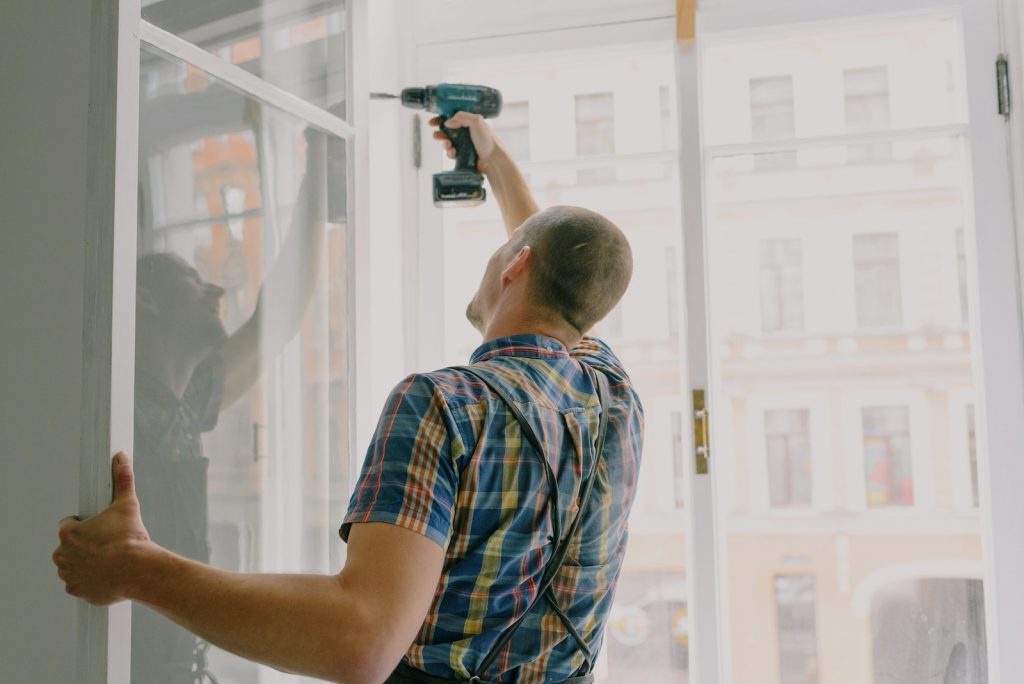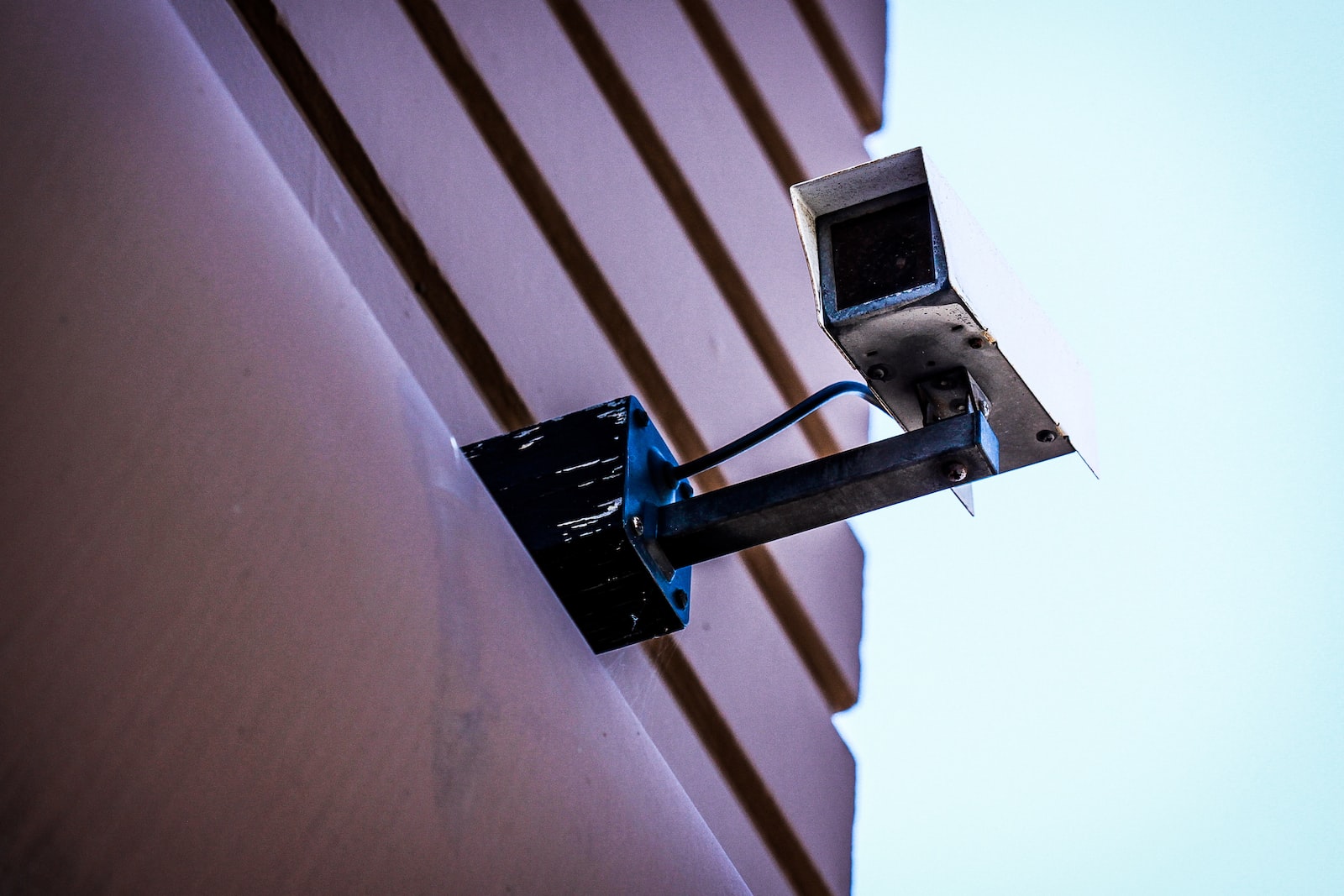Table of Contents
- Introduction to Securing Home with Self-Install Alarm System
- Choosing the Right Self-Install Alarm System
- Preparing for Installation
- Installing the Alarm System
- Ongoing Maintenance and Monitoring
- Conclusion
- Frequently Asked Questions
Introduction to Securing Home with Self-Install Alarm System
Securing your home is essential for the safety and peace of mind of you and your family. One of the best ways to do this is by installing a self-install alarm system.
These systems are designed to be easy to install and maintain, and they offer a range of features that can help to protect your home from intruders. In this guide, we will walk you through the process of choosing, installing, and maintaining a self-install alarm system for your home.
First, we will explore the different types of self-install alarm systems available on the market and help you to determine which one is the best fit for your home. We will also cover the factors to consider when selecting a system.
Next, we will go over the steps you should take to prepare for the installation of your alarm system. We will then provide step-by-step instructions for installing the alarm system, including tips for troubleshooting common installation issues.
Once your system is installed, it’s important to maintain it to ensure it continues to function properly. We will provide tips for ongoing maintenance and explain the different monitoring options available, such as monitoring by a professional service or self-monitoring.
By the end of this guide, you will have all the information you need to install and maintain a self-install alarm system that will provide you and your family with the peace of mind that comes with knowing your home is protected.
Choosing the Right Self-Install Alarm System
When it comes to securing your home, choosing the right self-install alarm system is crucial. There are a few different types of self-install alarm systems to consider, including wired and wireless systems.
Wired systems typically require more work to install, as they need to be physically connected to your home’s electrical system, but they can be more reliable. Wireless systems, on the other hand, are easier to install and often come with more features, but they can be more prone to interference from other electronic devices.
When selecting a self-install alarm system, it’s important to consider the cost, ease of installation, and features that are important to you.
For example, if you’re looking for a basic system with just a few sensors, a lower-priced option may be suitable. However, if you’re looking for a more advanced system with additional features such as remote control and video surveillance, you may need to invest in a more expensive option.
Another factor to consider is the size of your home. If you have a larger home, you’ll likely need a system with more sensors and devices to cover all the areas you want to protect. On the other hand, if you have a smaller home, a basic system with just a few sensors may be sufficient.
In addition to these factors, it’s also important to think about the ongoing maintenance and monitoring of the system. Some systems require more maintenance than others and some offer more advanced monitoring options. For example, some systems can be self-monitored through an app on your phone, while others require professional monitoring.
Overall, when choosing the right self-install alarm system, you should take your time to research and compare different options, and consider your specific needs and budget. This way you can make an informed decision that will give you peace of mind knowing your home is protected.
Preparing for Installation

Before starting the installation process, it is essential to measure the area where you plan to install the system to ensure that you have the correct number of sensors and that they will fit properly. It’s also a good idea to check for any potential installation obstacles such as power outlets, door frames, and windows.
To ensure a smooth installation process, it is important to gather all the necessary tools and materials before beginning.
This may include drill bits, screws, a ladder, wire cutters, and a screwdriver. Depending on the type of system you are installing, you may also need batteries, an alarm control panel, and door and window sensors.
Before installing the alarm system, you should also familiarize yourself with the manufacturer’s instructions and any safety precautions. This will give you a better understanding of the installation process and help you identify any potential issues.
In addition, it’s a good idea to test the alarm system before finalizing the installation. This will ensure that everything is working properly and give you the opportunity to troubleshoot any issues that may arise.
By following these preparation steps, you can ensure that the installation process goes smoothly and that your home is properly secured with a self-install alarm system. Remember that you can always reach out to the manufacturer or a professional for help if you encounter any difficulties during the installation process.
Installing the Alarm System
Installing a self-install alarm system can seem daunting, but with the right preparation and attention to detail, it can be a straightforward process.
The first step in installing your alarm system is to read through the instructions provided by the manufacturer. This will give you an understanding of the various components of the system and how they fit together.
Next, you’ll need to determine the best location for each component of the system. This will typically include the control panel, door and window sensors, and any additional sensors or devices that are included in your system. It’s important to choose locations that are easily accessible and that will provide the best coverage for your home.
Once you’ve determined the locations for each component, you can begin the installation process. Start by installing the control panel, which is typically the hub of the system. This will require drilling holes and running wires, so ensure you have the appropriate tools and materials.
Next, install the door and window sensors. These are typically adhesive-backed and can be attached to the door or window frame with minimal effort. Again, make sure to follow the manufacturer’s instructions when installing these sensors.
Finally, install any additional sensors or devices that are included in your system. This may include motion sensors, glass break detectors, or cameras.
Once you’ve completed the installation, it’s important to test the system to ensure it is functioning properly. This typically involves activating the alarm and then checking to see if the control panel sounds the alarm.
Overall, installing a self-install alarm system can be a bit time-consuming, but with the right preparation and attention to detail, you can have a fully functional and effective security system in place in no time.
Ongoing Maintenance and Monitoring
It is essential to regularly maintain and monitor your system to ensure that the self-install alarm system continues to function properly over time.
To start, it’s essential to regularly check the battery life of the system’s components, such as sensors and the control panel, and replace them as needed.
Additionally, it’s a good idea to test the alarm system on a regular basis to ensure that all sensors and components are working as intended. This can be done by activating the system and walking around the perimeter of your home to ensure that the alarm sounds when it should.
It’s also important to keep the alarm system updated with the latest software, if applicable, as this will ensure that it continues to function optimally and that any potential security vulnerabilities are addressed.
When it comes to monitoring options, you can either choose to monitor the alarm system with a professional service or self-monitor it.
Professional monitoring can provide added peace of mind, as trained professionals will be on call 24/7 to respond in case of an emergency. Self-monitoring, on the other hand, can be a more cost-effective option, but it requires you to be vigilant and responsive in case of an emergency.
Conclusion
Securing your home with a self-install alarm system is a great way to protect your property and give yourself peace of mind. By choosing the right system, preparing for installation, and following step-by-step instructions, you can easily install your own alarm system.
Remember to maintain and monitor the system regularly to ensure it continues to function properly. With the right system in place, you can rest easy knowing your home is protected.
Frequently Asked Questions
A self-install alarm system is a type of home security system that can be installed by the homeowner, rather than by a professional installer.
The main benefit of a self-install alarm system is the cost savings, as you can save money by installing it yourself. Additionally, self-install alarm systems can be customized to fit the specific needs of your home.
When choosing a self-install alarm system, consider factors such as cost, ease of installation, features such as remote access, and compatibility with other smart home devices.
The tools and materials needed for installation will vary depending on the specific system you choose but may include a drill, screwdriver, wire cutters, and mounting hardware.
Troubleshooting common installation issues can depend on the specific problem, but it’s a good idea to consult the user manual or reach out to the manufacturer for support.
There are two main options for monitoring a self-install alarm system: self-monitoring or professional monitoring services.
Self-monitoring allows you to monitor your system yourself, while professional monitoring services provide a central monitoring station that can contact you or the authorities in case of an emergency.







